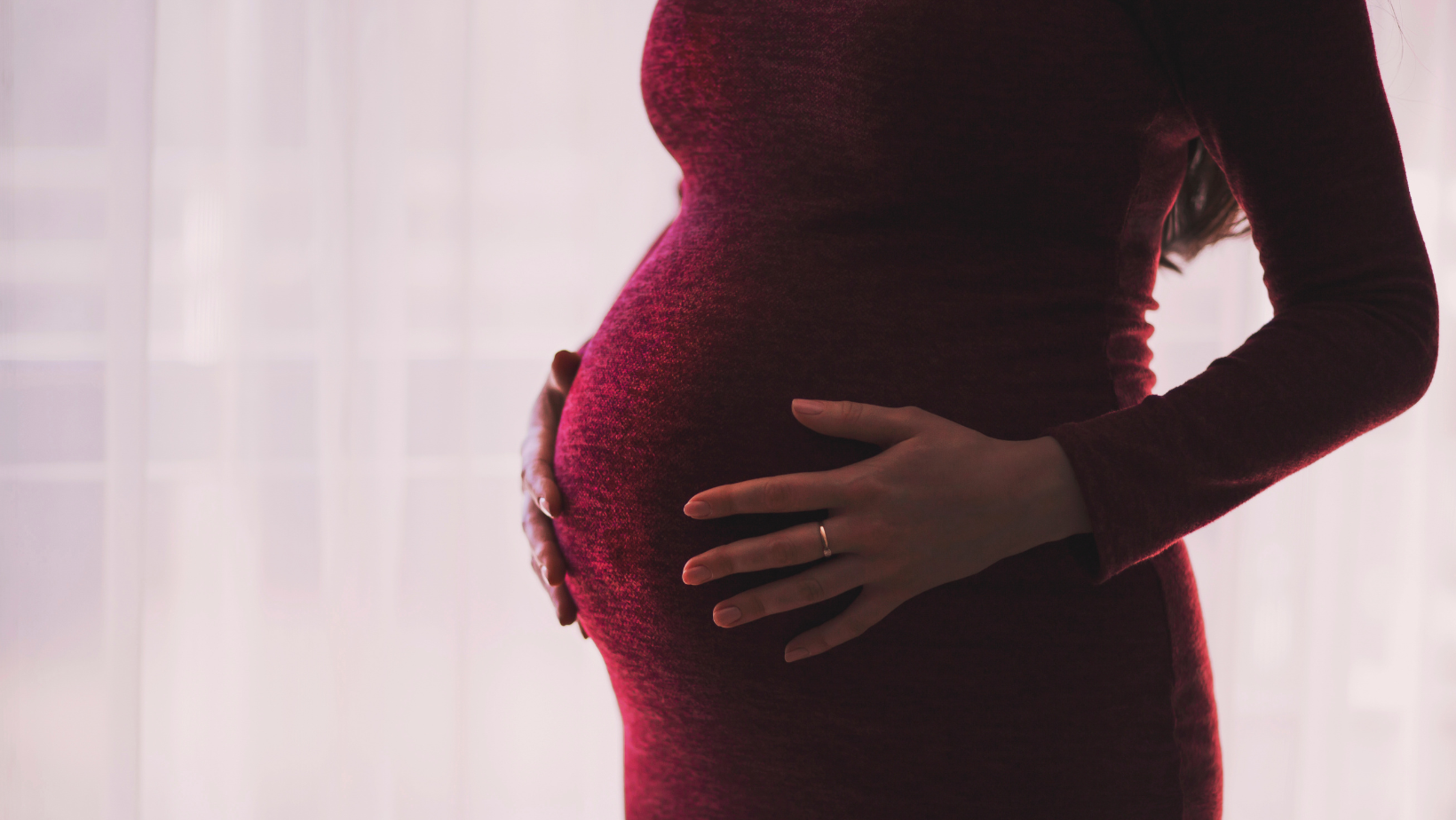Pain in pregnancy tips
Aches and pain in pregnancy are common. In fact around 50% of women experience some kind of back pain while pregnant. In this blog, we take a look at why women are more prone to aches and pain during pregnancy, and what to do if you’re experiencing them.
What causes back pain in pregnancy?
There are a number of reasons why many women experience joint pain during pregnancy. Firstly, your body changes rapidly during pregnancy. This can place a large amount of stress on your joints as they try to compensate for these changes. In addition, your body releases a hormone called relaxin during the first and third trimester. The function of relaxin is to loosen and relax your muscles, joints and ligaments, to help your body stretch and prepare for labour. However, as the ligaments become softer, this can also place strain on the joints in your lower back and pelvis. Other reasons why women may experience aches and pains during pregnancy include weight gain, posture, a more limited range of movement, as well as stress, exhaustion and worry.
Below, we look at the different types of pain that can be experienced during pregnancy and what you can do to help avoid it.
Lower back pain in pregnancy
Your lower back naturally has an inward curve called the lumbar curve. If the lumbar curve is too shallow or too extreme, it can cause pain in your lower back. During pregnancy the lumbar curve increases due to the additional weight of the growing baby being carried out front. This increased lumbar curve puts more pressure on the joints of the spine, which can cause discomfort or pain.
Lower back pain tips: try sleeping with a pillow between your legs. You should also talk to your midwife or healthcare professional about stretches and exercises that can help with lower back pain.
Upper back pain in pregnancy
Did you know that a woman’s breasts can grow up to two cup sizes larger during pregnancy? They start to increase in size from around 6 to 8 weeks, and as they grow larger, can put more pressure on your back, causing upper back pain.
Upper back pain tips: Wearing the right size bra gives you the additional support you need. Make sure you get measured regularly throughout your pregnancy. And don’t forget to get measured once you’ve had the baby too, especially if you’re breastfeeding.
Knee and ankle pain in pregnancy
As mentioned above, relaxin is released during pregnancy to relax and soften your muscles, ligaments and tendons for the birth. Unfortunately though, when they are softer, it is a lot easier to overstretch or hurt yourself doing everyday tasks. So while knee and ankle pain is less common during pregnancy, it can occur during the final trimester thanks to the combination of weight increase alongside relaxin’s effect on your body’s natural support system.
Knee and ankle pain tips: Try to keep stretching leg muscles to make sure unnecessary extra pressure is not put on the knees. Elevate legs whenever possible to offset any weight pressure and reduce any
swelling – ankle circles will also help.
Pelvic pain in pregnancy
Pelvic pain in pregancy is known as pregnancy-related pelvic girdle pain (PGP) or symphysis pubis dysfunction (SPD). It is caused as a result of stiffness in your pelvic joints, or your joints moving unevenly at the front or back of your pelvis. The pain can be felt around your pelvis as well as into the lower back and thighs.
Pelvic pain tips: In addition to the general posture advice below, try to rest when you can and ask for help with everyday activities such as putting on your shoes. Avoid standing on one leg and moving your legs wide apart where possible, as this can make the pain worse. Instead, try sitting down to get dressed and make sure you keep your knees together when getting in and out of a car, and when turning over in bed.
General posture advice during pregnancy
Here we share some general tips on how you can mind your posture and look after your body during pregnancy:
- The fitter you are and the more muscle tone you have before pregnancy, the more likely you are to be able to cope with the body’s postural changes.
- Core exercises are very useful and you can talk to a chiropractor, osteopath, GP, midwife or other healthcare professional for advice on this.
- During pregnancy specialist yoga classes, taken from 12 weeks onwards, can be very beneficial.
- Swimming and aqua natal classes are also of benefit, as being in the water takes the pressure off strained joints whilst providing good exercise and relaxation.
- Avoid high heels and wear comfortable, supportive shoes where possible.
- If you have children already, it can be difficult as they will need lifting and carrying. Always lift with your spine straight and bend knees to avoid leaning, stretching or bending.
- Do not sit for prolonged periods, take a regular break and, when sitting, let the seat take your weight. If possible, keep as much of your body in contact with the chair so that your whole body is supported too. Knees should be lower than your hips.
Treatment for aches and pain in pregnancy
Chiropractic, osteopathic and cranial osteopathy treatments are safe for both the mother and the baby during pregnancy and beyond. What’s more, they can help minimise the aches and pains you might experience as your pregnancy progresses without the need for drugs or surgery. So if you are experiencing pregnancy aches and pains and would like some help, please call us on 0117 972 3518.

